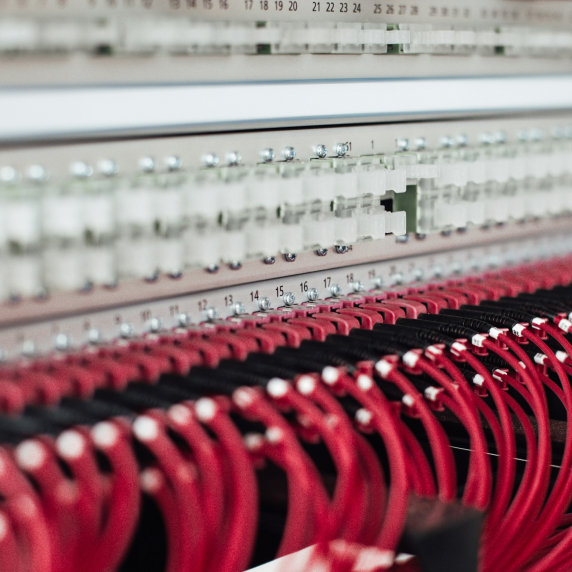In today’s always-connected world companies rely on speedy, secure, and scalable networks more than ever before. While the buzz is usually around Wi-Fi speed or cloud-based apps What many people don’t know is that in every seamless connection lies a carefully designed structured cabling system the invisible structure that holds the entire network together.

Image credit: gokaravan.com
It’s not an option to get the proper structured cabling, it’s a requirement.
What is Structured Cable, Really?
Structured cabling is the physical foundation of your IT infrastructure. It’s a standardized way to organize cables and hardware to ensure that all phones, computers, security systems and servers can communicate effectively. Structured cabling is sensible and tidy. It’s adaptable to the changing technology.
A well-planned cabling infrastructure can support data, voice and multimedia across the entire enterprise. It’s modular, meaning you can expand, relocate, or change the systems with little disruption. In addition, it’s capable of scaling as your business does.
What is the reason Structured Cabling Services Matter
Structured cabling isn’t suited to all. Every building, industry and business type has unique demands for performance. Therefore, partnering with a company that is specialized in structured cabling solutions is crucial.
Professionals will assess your current infrastructure, your future requirements, and physical layouts to come up with your own custom layout. The most common services are backbone and horizontal cables, patch panels, as well as distribution frames. Every cable is examined for quality control.
Karavan Technology offers structured cabling solutions for the US and Canada which are adapted to both simple and complicated environments. They offer solutions ranging from Cat5E cabling to high-frequency Cat7 cables capable handling 1200MHz.
The Installation Process of Structured Cabling
One of the most common misconceptions is that installing structured cabling can be disruptive. A team of skilled technicians can install the cables quickly with a clean and tidy finish without disrupting the day-to-day routine.
Here’s the typical setup:
1. Assessment & Design: Engineers evaluate the space and determine the cable routes and map out all endpoints.
2. Installation: Cables, racks or patch panels as well as outlets are installed in a neat manner and marked.
3. Testing and certification: Every connection is tested to ensure the quality of the signal, and then tested and certified in accordance with performance standards.
4. The documentation is available to assist with upgrading, troubleshooting or future troubleshooting.
After the installation process is completed, you’ll have a system that is ready to be utilized immediately.
Future-Proofing Structured Cabling Systems
Your infrastructure should be able to keep pace with the fast-paced advancements in technology. A well-implemented structured cabling system offers future-proofing benefits that make it easier to upgrade or expand without starting from scratch. New devices, servers or workstations are able to be integrated seamlessly without a complete overhaul.
An established foundation is vital because demand for data particularly cloud computing and video conferencing is growing. This ensures that efficiency remains constant. There’s no need to worry about latency, signal loss, or costly downtime due to outdated wiring.
Final Thoughts
Although structured cabling is out of sight however, it should not be forgotten. It is the basis of a functioning, future-proof network that will support every aspect of your business’s operations. Structured cabling and structured cabling services from experts can not only assist you to increase your efficiency but also provide the stage for success in the future.
No matter if you’re opening your first office, upgrading your existing system or planning a massive installation, investing in the right structured cabling system is a decision you won’t regret.
